Bread packaging
FTIR measurement of polymers in the food industry
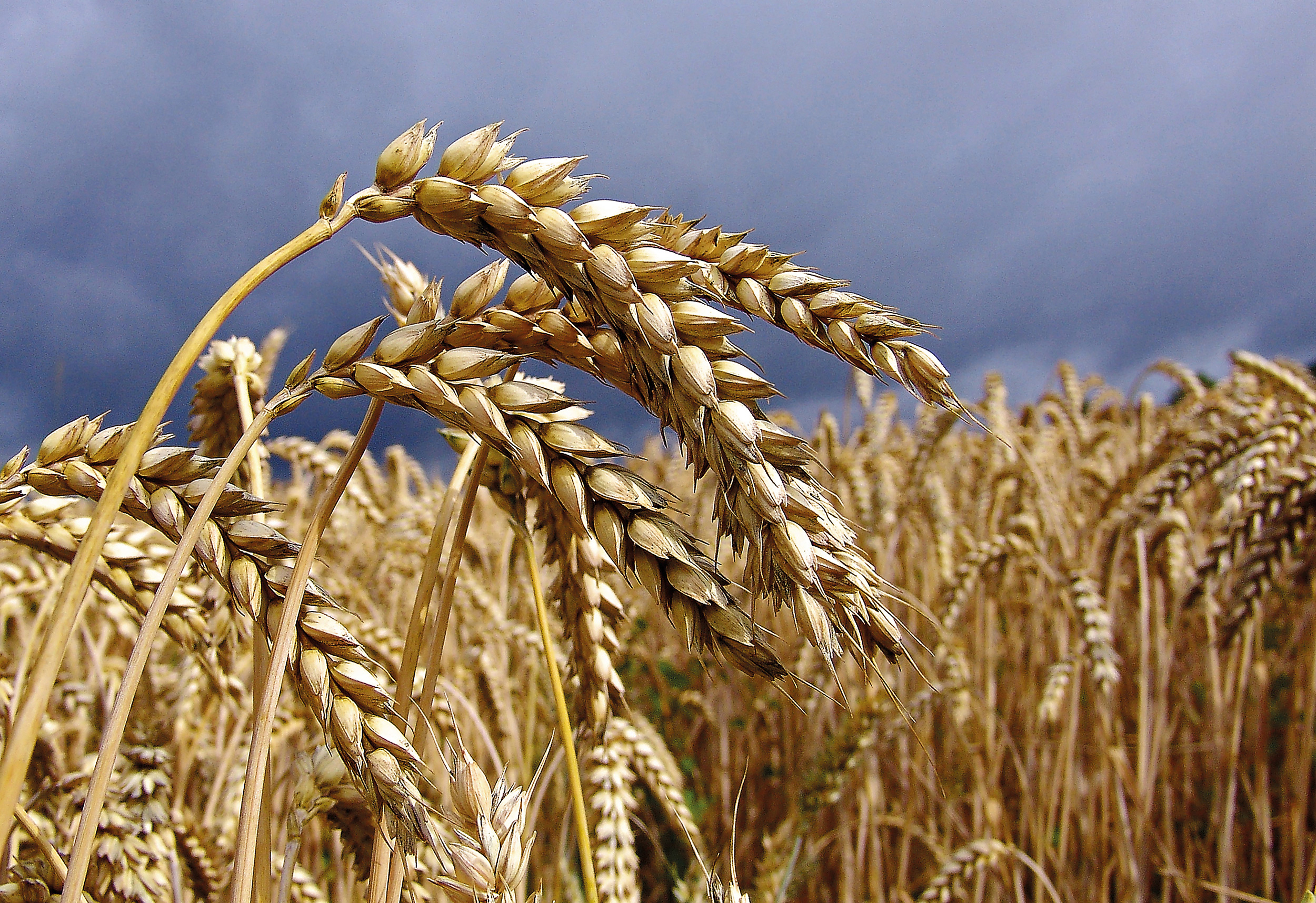
Renewable energy and renewable raw materials are the keywords most often used in relation to fuels. Renewable raw materials are, however, also an important issue for packaging materials. Instead of packaging chips made of polyesteramide or polycaprolactone (which are derived from fossil raw materials), alternative polymer chips from renewable raw materials can be used, for instance of vegetable origin. Examples of target polymers are starch, cellulose and lignin [1].
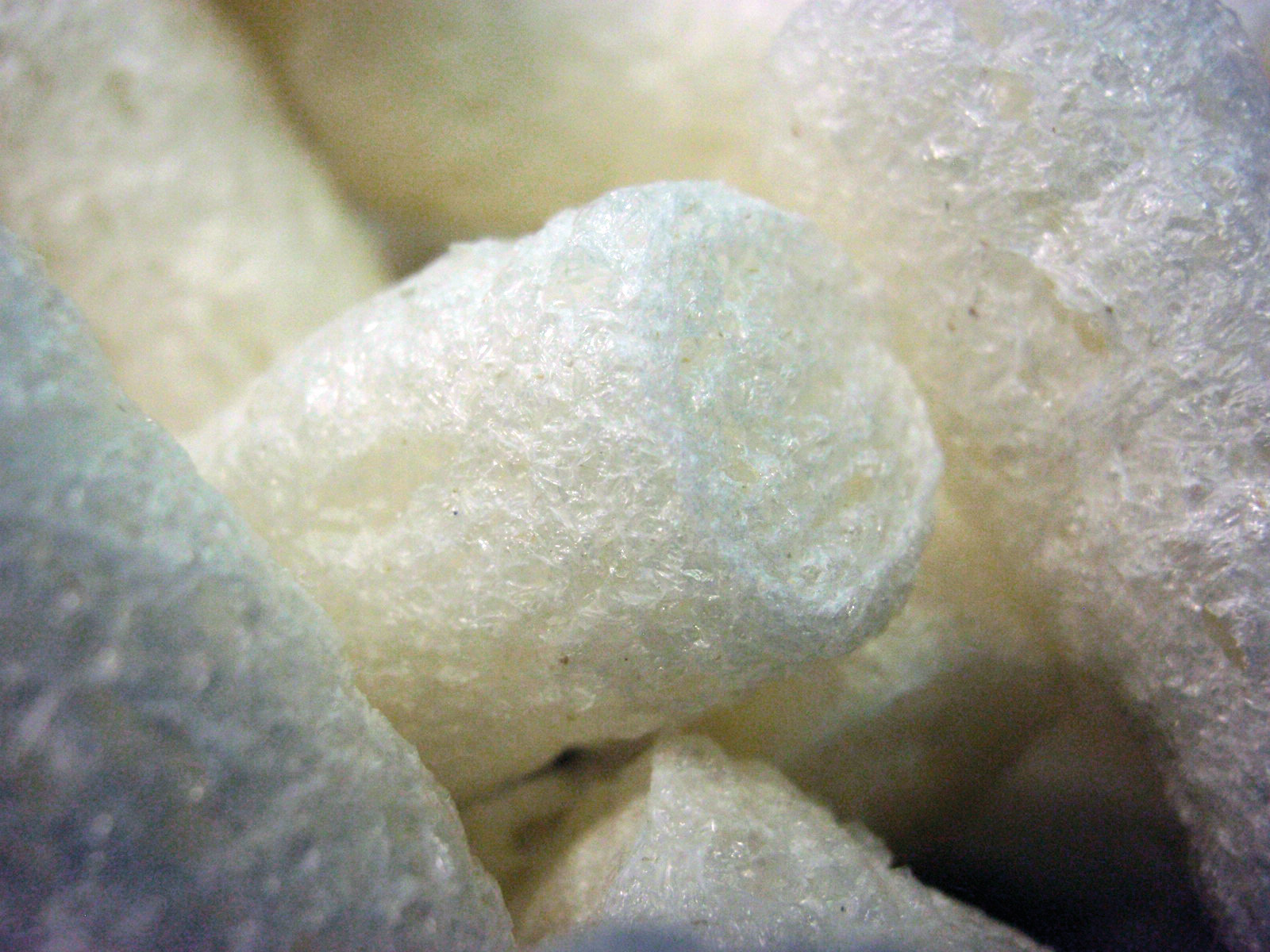 Figure 1: Edible packaging material: a packaging chip made out of starch
Figure 1: Edible packaging material: a packaging chip made out of starch
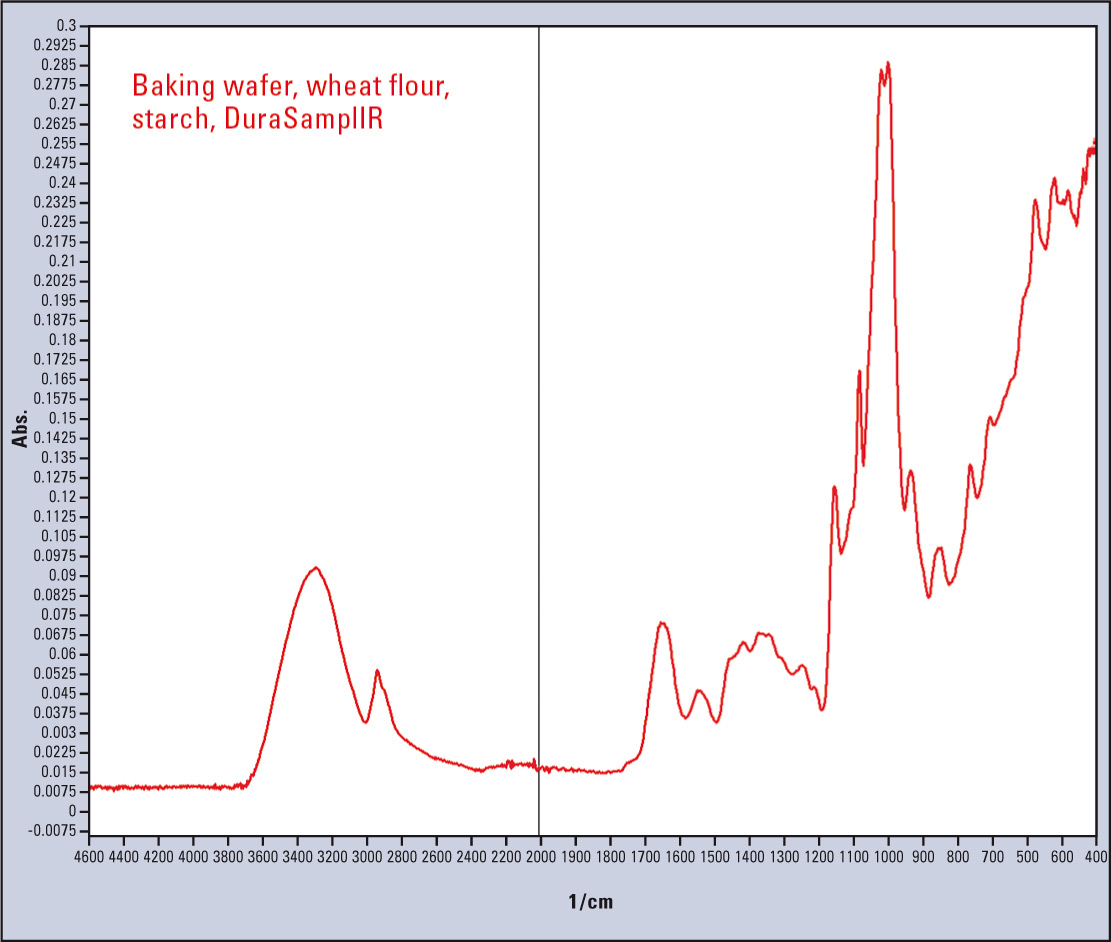 Figure 2: Infrared spectrum of a baking wafer, measured using a single reflectance unit
Figure 2: Infrared spectrum of a baking wafer, measured using a single reflectance unit
Packaging chips based on renewable materials have more in common with bread and baked goods than with plastics. In many a delivered package, one can find leaflets pointing out that the packaging chips are edible. These packaging chips consist of starch, or in the case of ‘flupis®‘, of paper foam manufactured from waste paper and starch. Both types of chips can be disposed of easily by composting or in organic waste containers. In the presence of water, the chips immediately disintegrate and form a pulp, similar to that perceived in the mouth when biting into baking wafers or edible paper.
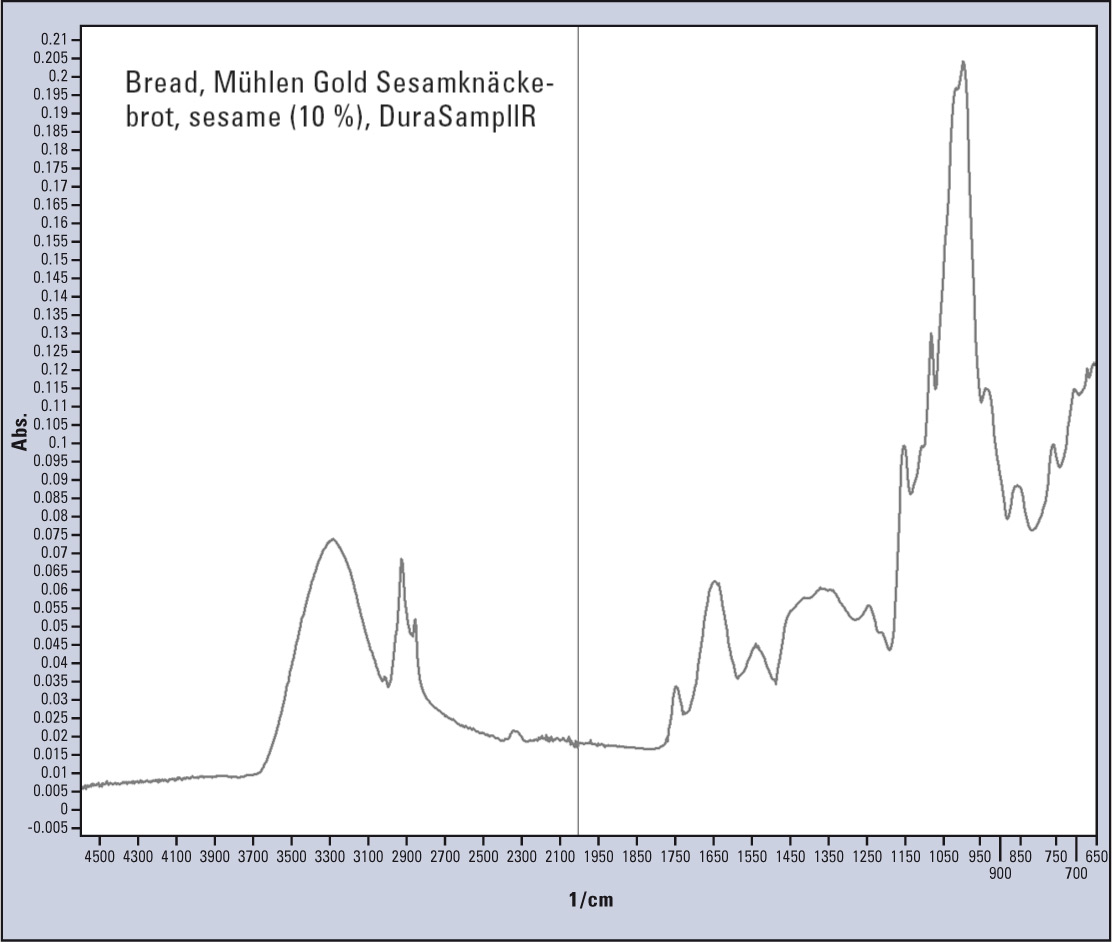 Figure 3: Infrared spectrum of a crisp bread
Figure 3: Infrared spectrum of a crisp bread
Packaging chip or bread
Can these chips be distinguished from bread or baked goods? For comparison, a piece of crisp bread and a baking wafer have been analyzed using FTIR spectroscopy in combination with single reflectance measurements, allowing fast non-destructive analysis of these types of materials. The infrared radiation applied penetrates approx. 2 µm into the sample surface. The interaction between the radiation and the material provides information on its composition.
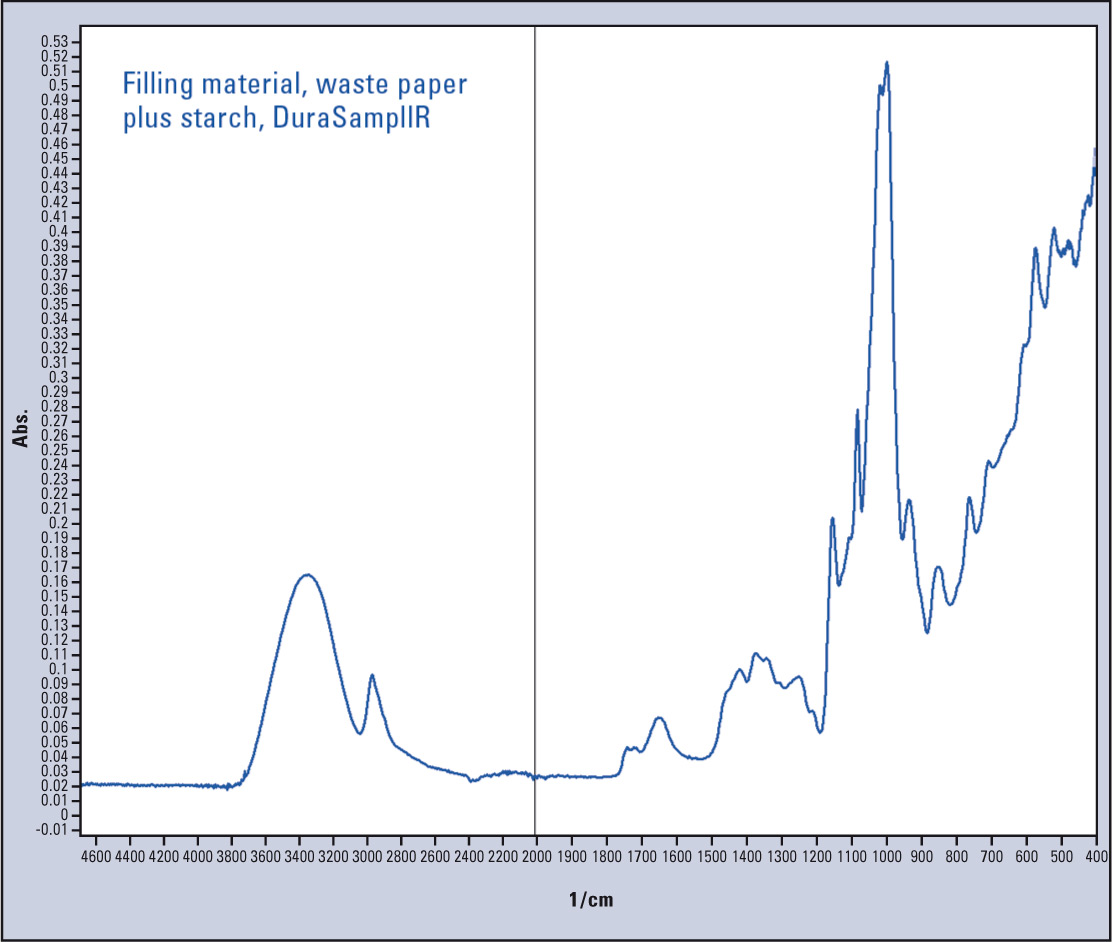 Figure 4: Infrared spectrum of flupis®, filling material made of waste paper and starch
Figure 4: Infrared spectrum of flupis®, filling material made of waste paper and starch
The bread mixture is a highly complex composition for infrared spectroscopy, since all materials used such as flour, sugar, yeast, water and other components each exhibit their own distinct infrared spectrum. When these spectra are overlaid, assignment of individual signals is difficult. Starch, cellulose and sugar have similar spectra as they are all polysaccharides. Water is also a difficult material, as it exhibits a highly intense spectrum. For comparison, dry baked goods such as crisp bread and baking wafers (wheat flour and starch) requiring very little water, were used accordingly.
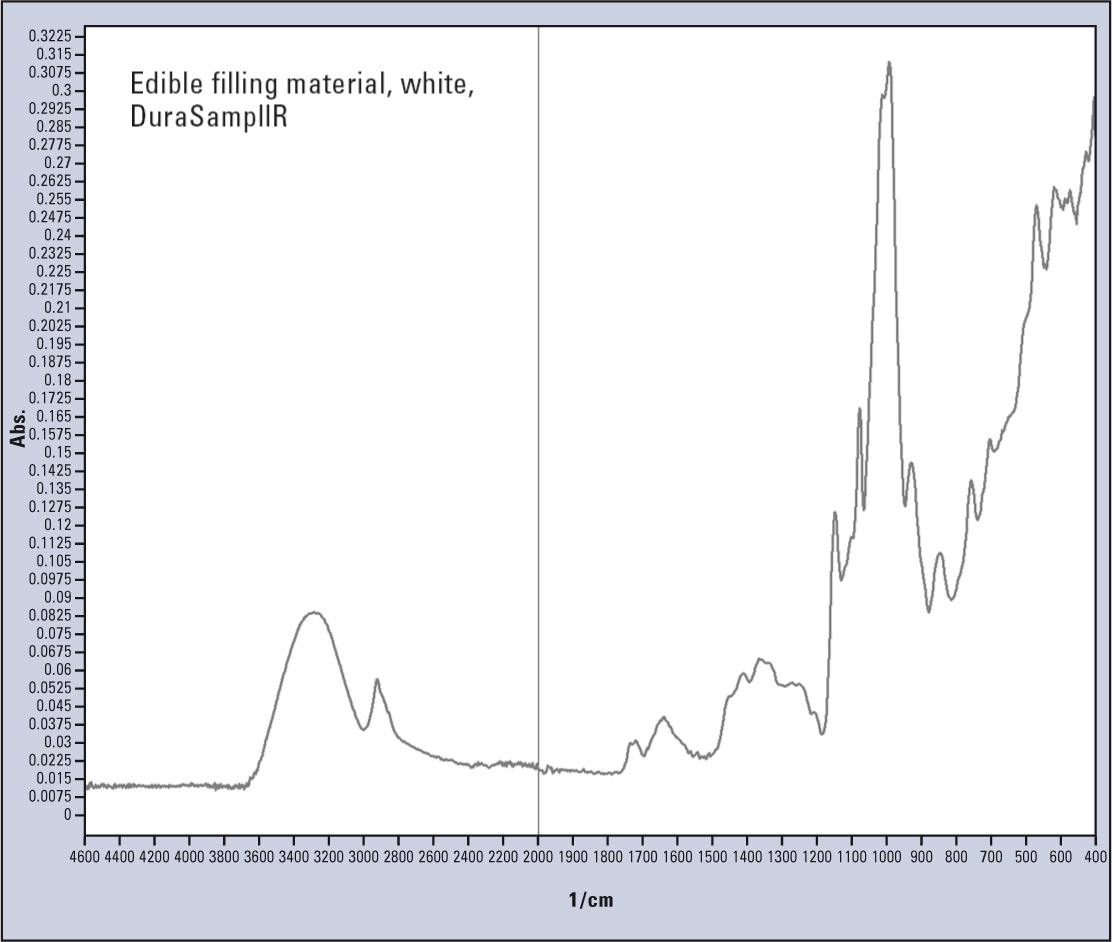 Figure 5: Infrared spectrum of an edible filling material, see Figure 1
Figure 5: Infrared spectrum of an edible filling material, see Figure 1
Correlation between spectrum and material hardness
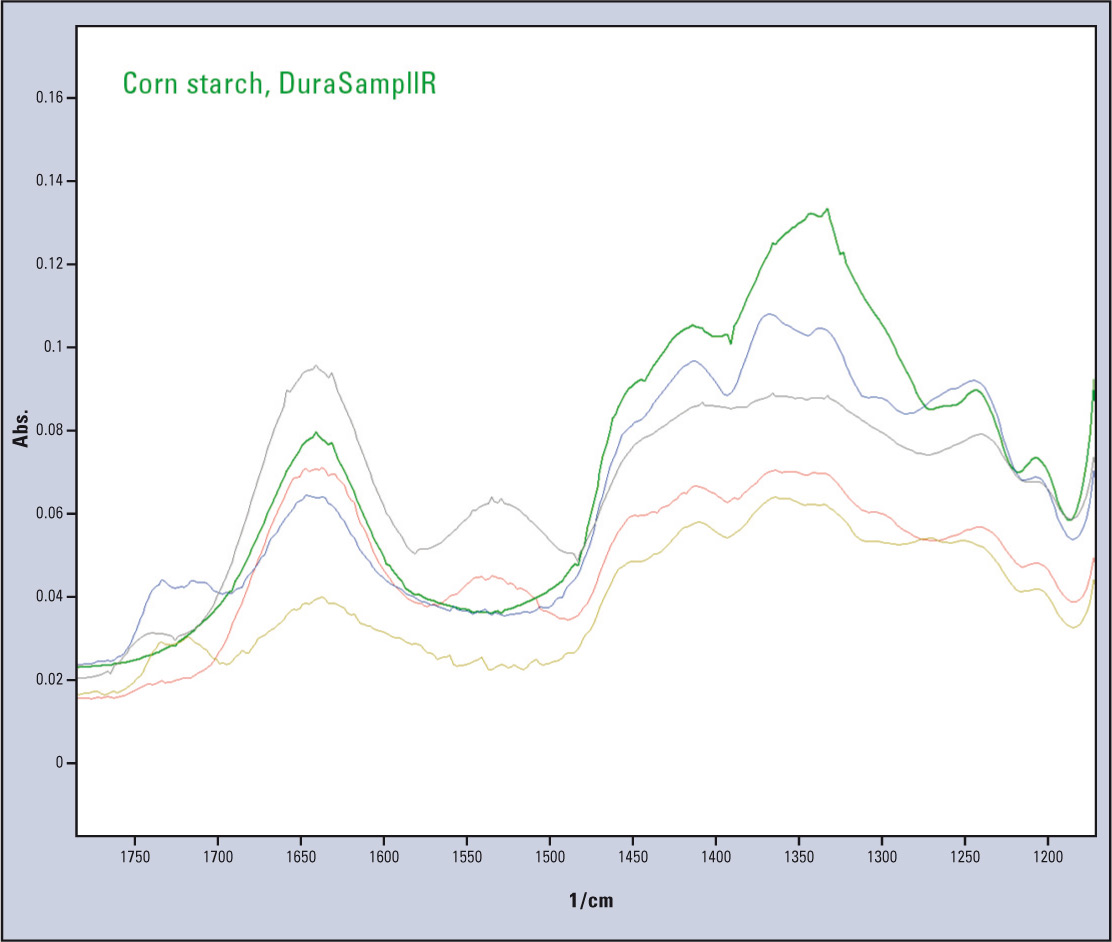 Figure 6: Zoom in the range of 1,900 to 1,150 cm-1. An additional substance (cornstarch spectrum, green line) was used for comparison
Figure 6: Zoom in the range of 1,900 to 1,150 cm-1. An additional substance (cornstarch spectrum, green line) was used for comparison
As seen in figure 6, the spectra of the filling materials in the range of 1540 cm-1 show more similarity to the starch spectra than the two baked goods. Furthermore, differences can be observed in the range of the carbonyl bands at 1750 cm-1. In this range, the baked goods can be distinguished from the filling materials as well as from the starch.
The filling materials contain aggregates exhibiting strong signals at 1734 and 1713 cm-1. The various intense spectral signals can be correlated to the hardness of the material. Crisp breads, as well as baking wafers are quite hard compared to the filling materials. Hard materials do not make good contact with the measuring window. As expected, the various compositions of the products are exhibited in the IR spectrum and enable an unequivocal signal assignment.
Conclusion
Using infrared spectroscopy, complex materials can be analyzed directly and non-destructively. Within the shortest possible time, edible filling materials can be distinguished from conventional baked goods or starches (corn starch in this example) using infrared spectroscopy.
Literature:
[1] Nachwachsende Biopolymere als Substitution für Massenkunststoffe; K. Wilhelm, K. Reitinger; Berichte aus Energie- und Umweltforschung 14/2006; Federal Ministry for Transport, Innovation and Technology, Vienna, Austria